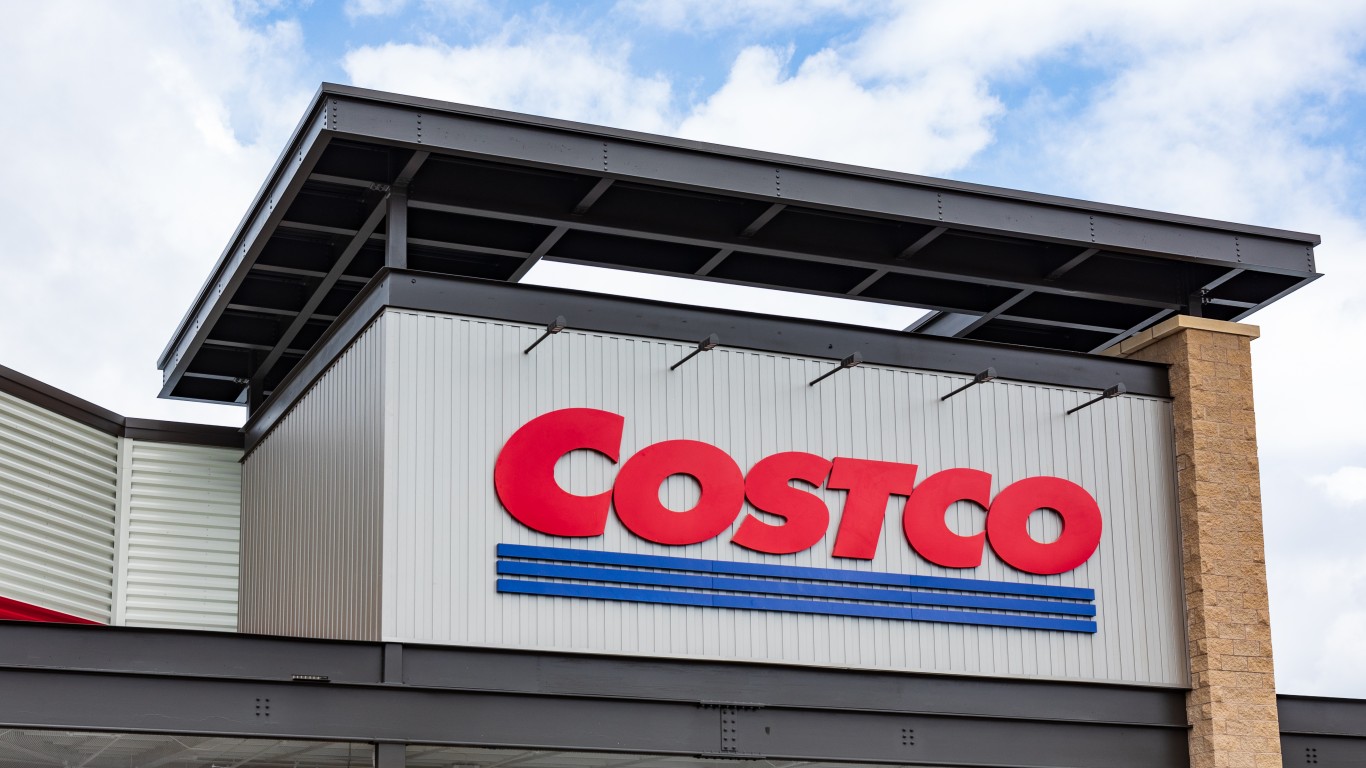
Once extraordinary, successful clothing retailer Gap Inc. (NYSE: GPS) has fallen apart. The process started years ago and has accelerated. The new earnings report shows that the spiral down has not stopped and is unlikely to. (Customers are abandoning these 25 brands.)
The stock has fallen 68% in the past five years, while the market has risen over 50%. New CEO Richard Dickson does not have much of a solution. After earnings, he said, “You’ve got to be able to take calculated swings, test, roll and scale very quickly. That is a muscle we will begin to strengthen.” To call that vague is an understatement.
Gap’s quarterly figures were horrible. Revenue dropped 8% to $3.6 billion. Same-store sales fell 6%. The only good news is that the company made $117 million, compared to a loss of $49 million a year ago. Gap management is good at cutting costs to drive a small profit, but that is not a successful strategy.
A look at the revenue across Gap’s major brands was frightening. Gap, the flagship brand, posted a revenue decline of 14% to $755 million. Revenue at the largest brand based on revenue, Old Navy, fell 6% to $2 billion. Banana Republic’s revenue dropped 11% to $480 million. There was no bright spot, which tells the depth of the problem.
Online sales, which are supposed to be the future of the retail industry, fell 11% during the quarter. That means Gap has lost the e-commerce race to much of the sector.
One or two divisions could be turned around. Doing the same with three, plus e-commerce, is nearly impossible. Gap is heading down the route of JCPenney and Sears.
Gap’s final statement about its near-term future spelled out its challenge. Management said revenue will continue to drop. “As we look toward the long-term, we believe our focus on unlocking the value of our important and iconic brands coupled with the transformative actions we are taking to improve our operating structure will position Gap Inc. back on its path towards delivering sustainable, profitable growth and value for our shareholders,” said Katrina O’Connell, executive vice president and chief financial officer. The statement has no substance.
It’s Your Money, Your Future—Own It (sponsor)
Are you ahead, or behind on retirement? For families with more than $500,000 saved for retirement, finding a financial advisor who puts your interest first can be the difference, and today it’s easier than ever. SmartAsset’s free tool matches you with up to three fiduciary financial advisors who serve your area in minutes. Each advisor has been carefully vetted and must act in your best interests. Start your search now.
If you’ve saved and built a substantial nest egg for you and your family, don’t delay; get started right here and help your retirement dreams become a retirement reality.
Thank you for reading! Have some feedback for us?
Contact the 24/7 Wall St. editorial team.
 24/7 Wall St.
24/7 Wall St.


